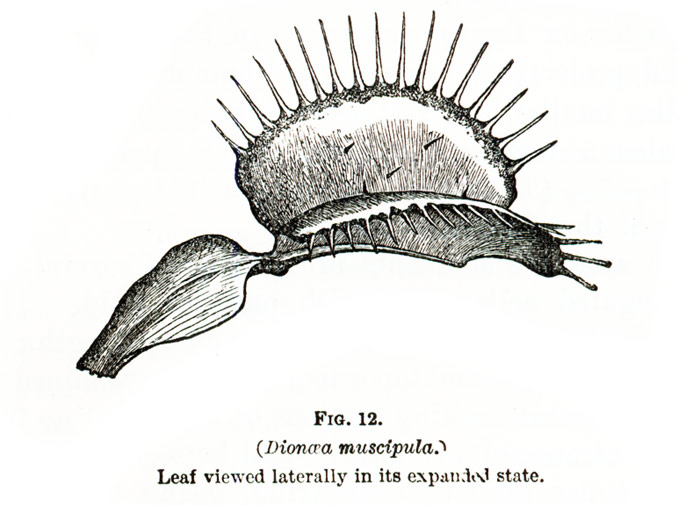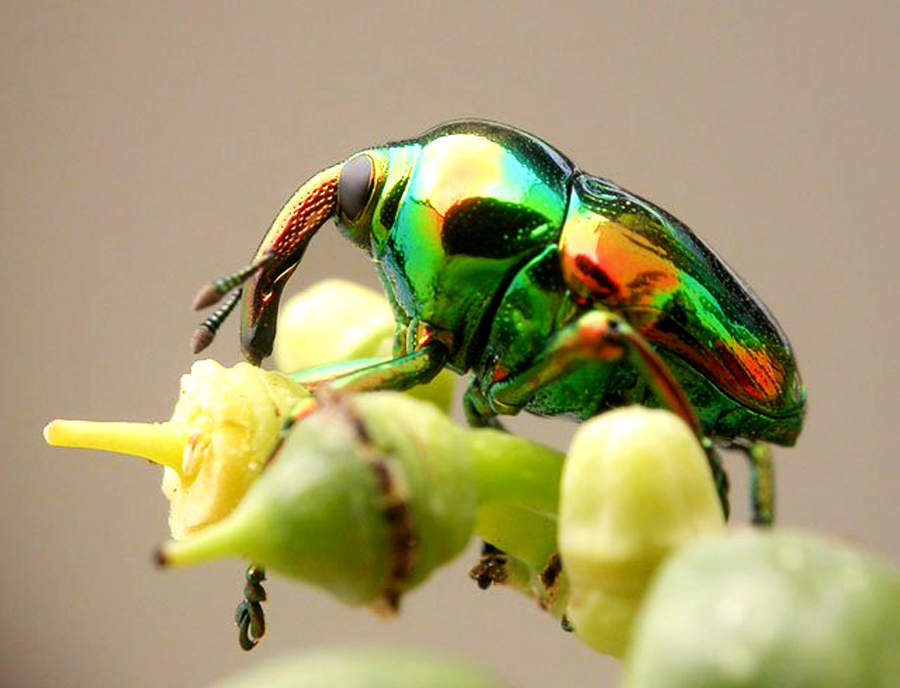From the static image shown below (representing an automated conveyor system), it is possible to create a looping seamless animation…
Curiosities
Early Projector

This Roman artifact is considered a possible precursor to the magic lantern. According to the Italian engineer and author Flavio Russo, placing the flame of a candle or small lantern behind the elliptical lens could project the image or portrait painted on its surface onto a white wall, operating on the same basic principle as modern slide projectors. A comparable concept was later explored in the 17th century by Athanasius Kircher, who demonstrated the projection of images using light and lenses—an early step toward the development of the magic lantern.

The Astounding Art of Arrangements

Sometimes, man lets himself go to this abstracted ‘diversion’, which involves assembling or arranging pieces, counters or any small familiar object. This compulsive behavior is evidence of a geometrical sense, which is natural and irrepressible. This is the same behavior, which drives some birds instinctively when they collect and group shells, glittering or colored objects to lavishly decorate their bowers. So, assembling and arranging objects is not only a cerebral activity but, indeed, a primitive geometric urge.
Continue Reading
The Plant That Is Able To Count Almost To Five
We already knew birds can count, but what about plants? Is this idea so surrealist? No, it isn’t because research says the carnivorous plant with a suggestive name, Venus Flytrap (also referred to ‘Dionaea muscipula’), snaps its jaws shut only when the tiny hairs on the surface of the trapping structure formed by two lobes have been stimulated twice within a 20-second window. An additional stimulation primes the trap for digestion. Five stimulations trigger the production of digestive enzymes – and more additional hairs’ stimulations mean more enzymes.

The Bullephant, an earliest bistable figure
Visual illusions where you experience two equally possible interchangeable states in perception are called “bistable illusions“. The Necker cube and the Rubin vase are ones of the most classic examples of a bistable figure. I have discovered that all over India, you may see many variants of an interesting bistable depiction, which represents a bull and an elephant with distinct bodies and only one head (painted or sculpted at least 850 years ago). If you look carefully at the whole picture, you may see how the body parts of both animals are skillfully overlapped. For instance, the trunk of the elephant is also the hump of the bull. The horns and ears of the bull have become the mouth or snout of the elephant. These are ones of the earliest documented “ambiguous figure” illusions…
Optical Illusions Using Typography & Shadowcasting
With help of typography and light you can make a lot of amazing visual effects! The game is all a question of symmetry…
A l’aide de la typographie et de la lumière, on peut créer beaucoup d’effets visuels intéressants! Le tout tourne autour de la symétrie…
Snowmen Are Boring
Winter is approaching. Here is a geometric construction you can build with your children in your backyard: a perfect pentagonal snowdodecahedron…

Stunning Vibrant Metallic Gold Color Insects
Nature is truly the mightiest artist itself! This amazing insect is the “Painted Weevil” (Eurhinus magnificus), a splendid species that sports a metallic emerald, gold, copper and ruby exoskeleton that makes it look like a tiny jewel when spotted in the grass.

Typographical Curiosity About Numbers
“Why do the digits look like they do?” to answer this recurrent question one may find on the web many strange and diverse theories on the origin of the shapes of our modern, Hindu-Arabic numerals. Unfortunately, most if not all of those theories are patently false! One that went viral claims: “Our present method of writing figures is based on an early Arabic geometric design (see below) where each digit contains its own number of corners or angles, for instance the digit 1 contains one angle, the digit 3 has three angles, the digit 7 has seven angles and so on.” It’s not an exaggeration to say that it’s just plain nonsense!
Let us leave aside these abstruse theories, as there are a whole range of serious and documented books on the origin of numbers, including Georges Ifrah’s excellent book “Universal History of Numbers“.
However, there is nothing preventing us from finding or inventing original and / or fun typographic methods to create numbers, like the one illustrated below, which requires only two stylized numerals: a 4 and a 8.

Art & Math
Pattern with Arabesque paths moving in a linear fashion induces rotational motion to a hexagonal device.




